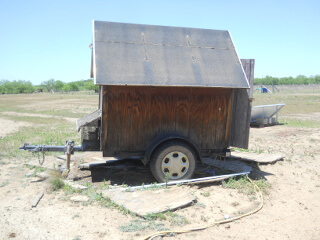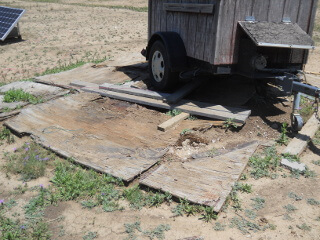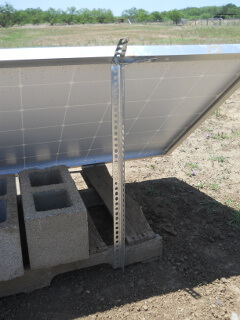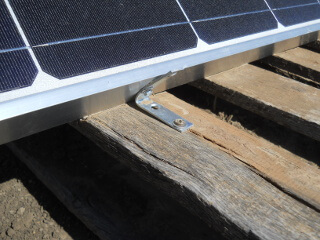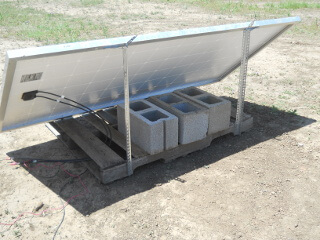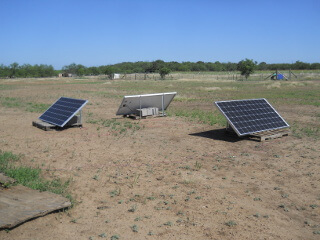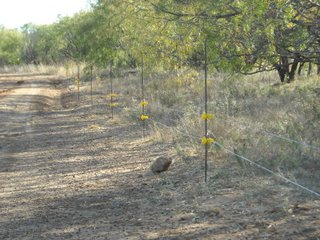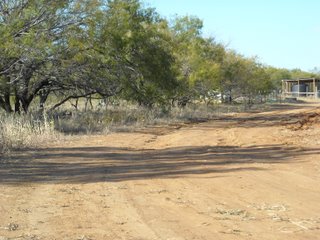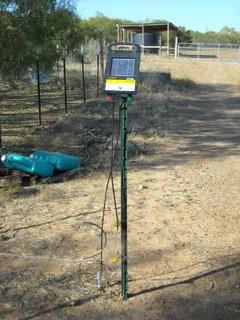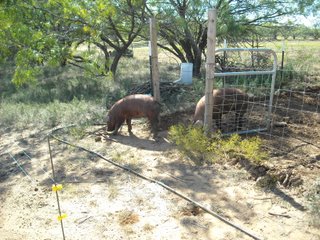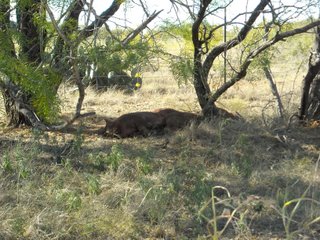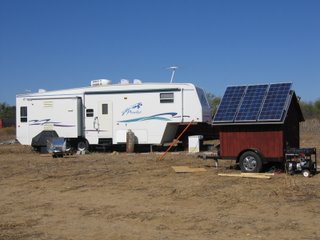It’s been a very long time since we did our update about our solar setup, mostly because nothing has really changed other than having to replace equipment along the way and modifying some configurations, but recently things have changed regarding it, and so we thought we’d do a little update about that…
There was a sale on solar panels we were made aware of, nice big 36V/8A ones. I decided to purchase one to be able to add to our current 3-panel system on the solar trailer. Well, the nice gents from here who went and got the panels showed up with 2 more panels…said they were ours and there were no refunds. 🙂 Well, how very gracious and giving they were to do that for us!
And so, now we had 3 panels, and I needed to figure out what to do with them…
First, we pulled the older panels so someone else here could use them. Here is the solar trailer with the 3 smaller panels removed:
And here is the platform I made a long time ago so I could turn the trailer easier so it would face the sun throughout the day; it’s pretty torn up now. For probably 12 1/2 years I turned that thing nearly every day…it was going to be nice to not have to do that anymore!
I really wanted to be able to continue to turn them though to face them into the sun, especially at day end when we are using our computers and the sun was going away, and for cloudier days. And so the Lord granted I come up with the idea to attach them to palettes, and here’s how I did it…
I got some 90 degree angle braces, drilled holes into the panel frames, bolted one end of the angle brace to the panel, and screwed-in the other to the palette:
And in front, I used small angle brackets:
All in all, it thankfully ended up being pretty solid, and they turn nicely! And now Sue can spin them too if necessary, which was a problem before with the solar trailer.
But, here we get high winds with storms, or the occasional dust devil that rolls through, so I packed the backside of the palette with cinder blocks, which has thankfully worked well so far, even in severe-level storm winds:
And here is how we have them set today, facing east, south and west (right to left). Currently during normally sunny days, I’m only turning the right one, which is apparently doing most of the work as I decided to stack the charge controllers. I originally had a 150V/50A controller, to which I hooked up all 3 panels in series, not really understanding what I was doing. Well, if you know about these things, I was potentially going to see output of 75-90A, and sure enough, I fried it. And so, with a little better knowledge, we bought a 30A and 60A controller and run 2 in series to the 60A and the other panel to the 30A:
Some years ago when our batteries went bad and we needed new ones, I decide to down-grade the number of battery banks we had, as I just felt there were too many banks (10) for the input we were getting. Well, now with 6 banks, and all the new input, the batteries seem to be working better than they ever have! The Lord has also graciously granted we be going on just over 6 years on these batteries, which typically have an expected life of 5, and we are very thankful, as they are very expensive.
In the end, we look at solar power and electricity as intermediate steps of becoming sustaining on our homestead, but we thank God for these provisions, and thanks again to the folks who made it possible!
— David
